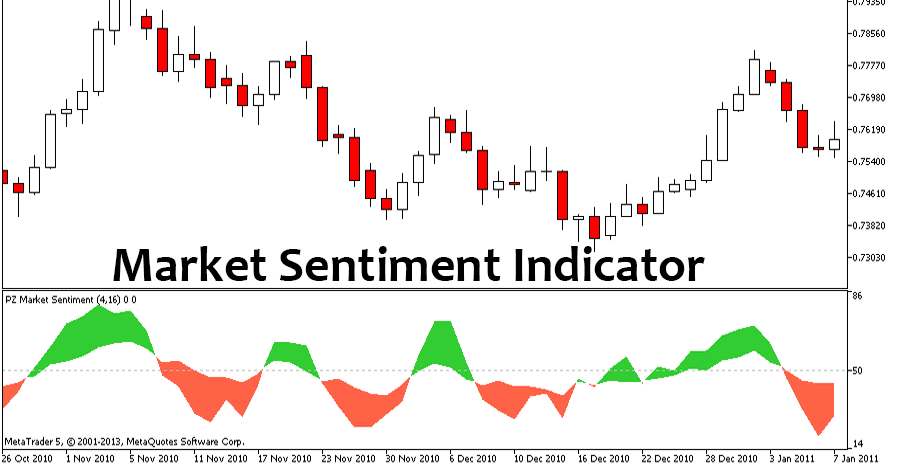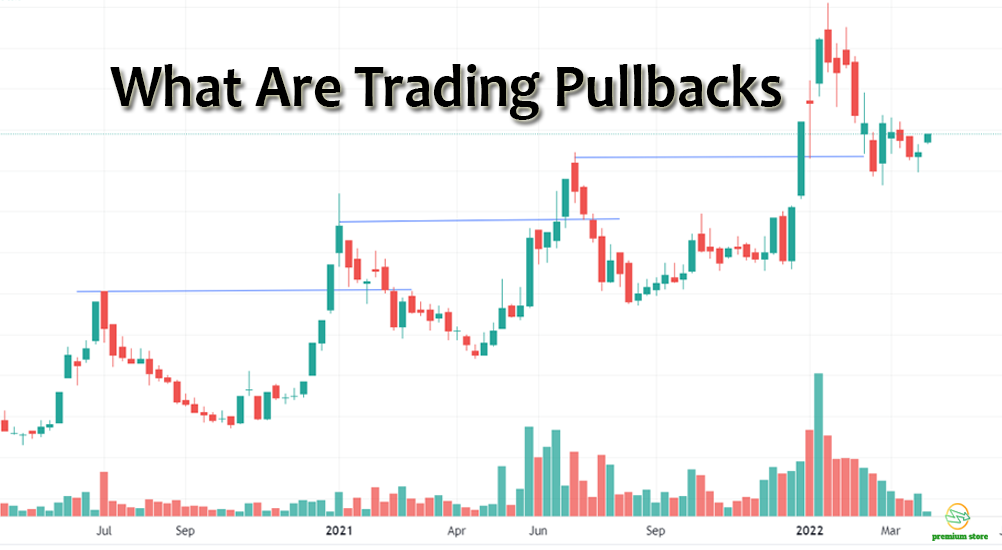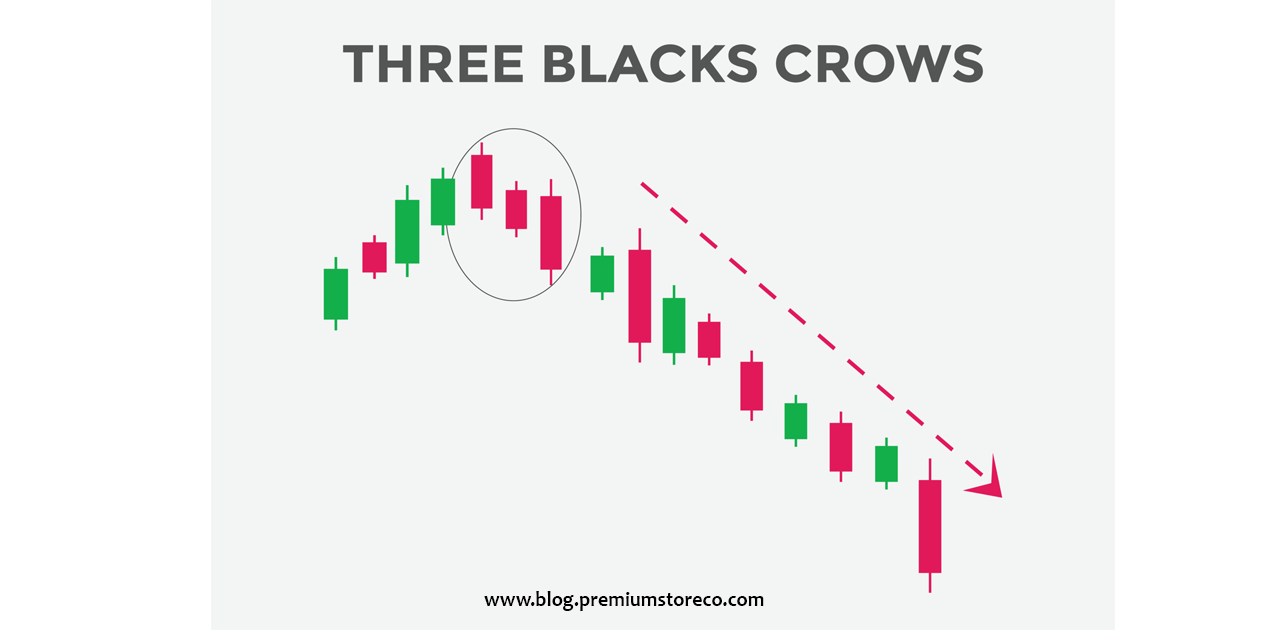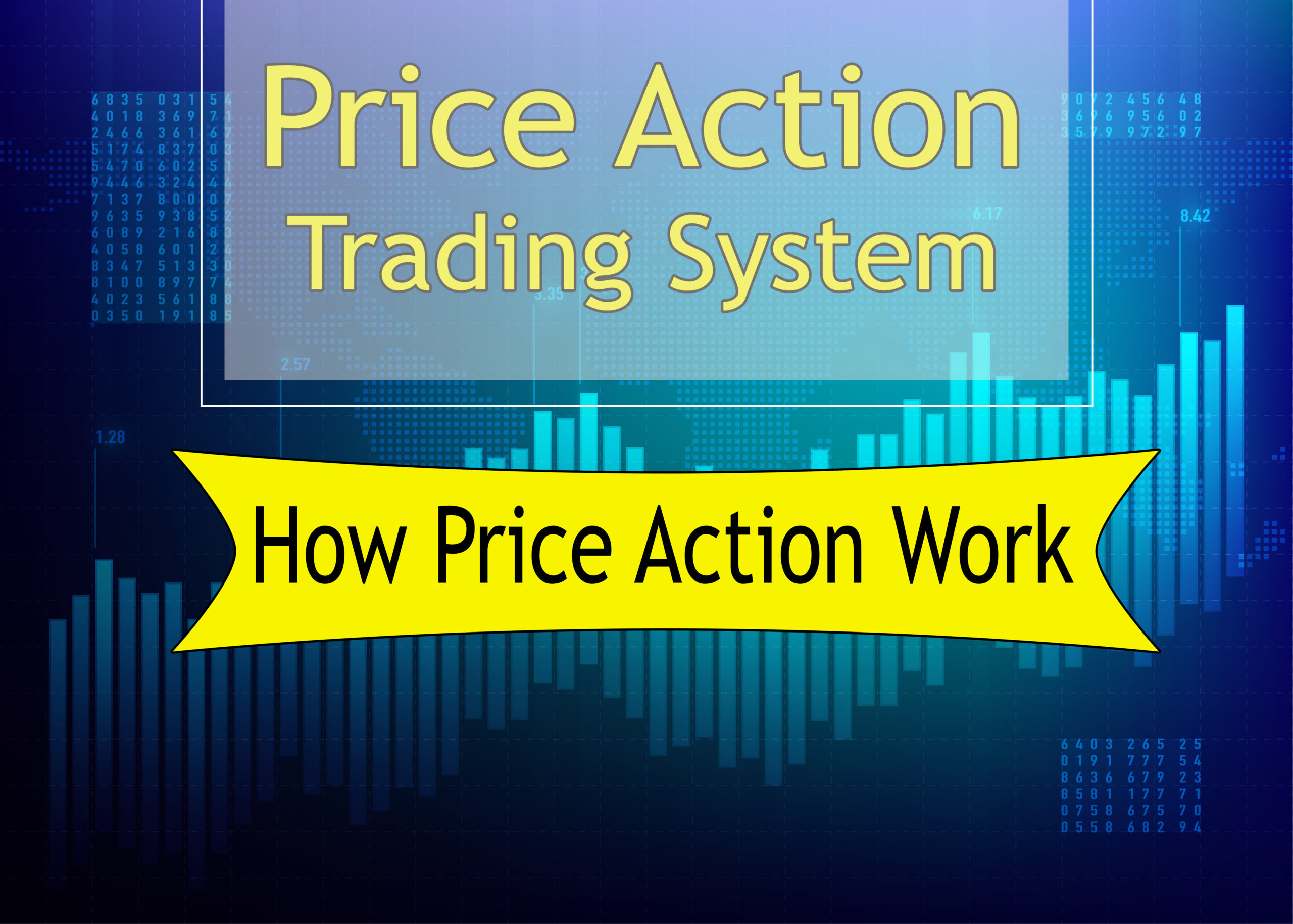Introduction:
Traders who are new to the price action trading system often find themselves confused by the jargon and inscrutable acronyms. This makes it difficult for them to know where to begin when they want to start trading. Fortunately, there are many simple trading strategies that even a beginner can understand and use. One such strategy is price action trading.
The simplicity of price action trading is what makes it accessible to almost anyone with a modicum of numeracy and an Internet connection. All you need to get started is an awareness of supply and demand, the ability to read charts, and a willingness to practice practice, and practice.
In this article, we’ll look at exactly what price action trading is, why it’s so popular among traders who like keeping things simple but also challenging, what you need to know before you get started, and five different ways you can implement it in your own trading program.
What is Price Action Trading System?
Price action trading is a style of trading that relies on the movement of price and volume to identify potential opportunities. It does not rely on the use of technical indicators, or other forms of price analysis, to inform entry and exit points. As such, it is a completely discretionary strategy. Because it does not use technical analysis, it does not require you to have a specific timeframe, or a specific asset to trade (although most traders tend to specialize in the forex market, as it is the most liquid market in the world).
Price action trading is also sometimes referred to as “no touch” trading because you don’t place a stop-loss order. Instead, you exit your position when the price moves beyond your predetermined take-profit level. Unlike technical indicators, which are applied to a chart and can be back tested, no-touch trading cannot be simulated or tested for accuracy. It’s an entirely live strategy.
How Does Price Action Trading System Work?
Price action trading relies on the movement of price and volume to identify potential opportunities. In the simplest terms, it is watching the market and waiting for the price to reach a level at which it has a high chance of reversing course.
The high-probability reversal levels are calculated based on the previous price movements and volume. Since there is no technical analysis involved, there is no reason to wait for a trend to be established before you start trading.
As a price action trader, you are looking for areas where the market is reaching a supply level. Supply levels are areas where there is an oversupply in the market, and the price will often pull back to a demand level — the point at which demand outweighs supply. Once the price reaches the demand level, you want to make sure it has sufficient volume to support the move you are expecting. If it does, you enter the market at that level. If it doesn’t, you just sit back and wait for the next opportunity.
5 Ways to Trade with Price Action Trading System
Price action trading is a very broad term that encompasses several different styles of trading. Here are five of the most common approaches to a price action trading system.
- Breakouts: Breakouts occur when security breaks through resistance and continues on its way to new highs. A breakout is a strong sign that sentiment has changed in favor of the bulls.
- Reversal patterns: These occur when the price makes a series of lower highs and lower lows. At some point, the market reaches a level of extreme pessimism, and the price suddenly reverses course and makes a new series of higher highs and higher lows.
- Support and resistance: These are areas on the chart where the price has reversed course several times. Support is any level at which price is likely to find buyers. Resistance is any level at which price is likely to find sellers.
- Volume trading: This approach involves buying when the volume of the market is increasing and selling when the volume is decreasing. This is a very simple way to trade, but it requires reading the volume data on the chart.
- No touch trading: This style of trading does not rely on technical analysis to determine the entry and exit points.
3 Tips for Learning Price Action Trading System
- Choose a trading strategy that is simple and straightforward: Don’t try to do everything at once. If you try to adopt every trading strategy under the sun, you’ll soon get overwhelmed and confused. Instead, choose one simple strategy and stick with it until you have a good feel for how it works.
- Practice, practice, practice: Once you’ve chosen a strategy and feel confident about the entry and exit points, start practicing with a free demo account or paper trading. Do it for as long as it takes for you to feel confident that you have mastered the strategy.
- Trade small: Keep your trading size realistic. Don’t let your ego get the best of you. Start small and scale up as you become more confident and experienced.
Conclusion
Price action trading is a great strategy for traders who want to keep things simple, but also challenging. It requires you to be attentive to the market and able to read the changes in the price and volume. If this sounds like something you’d like to try, make sure to follow the tips we’ve provided in this article. With a little bit of effort, you’ll be well on your way to becoming a successful price action trader.
Now that you know what price action trading is, and how it works, you can begin to explore the different ways you can implement it in your own trading program.
GENERAL RISK WARNING
NOTE: This article is not investment advice for anyone because online trading could be a high risk for all who have a lack of knowledge & experience. 86% of traders lose money in financial markets. we are not your financial advisors who guarantee your profit at all.










